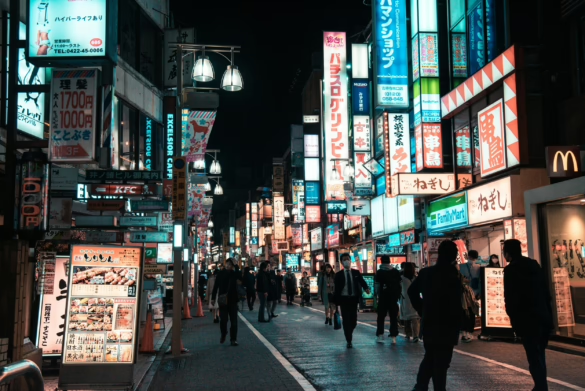Is Japan quietly becoming Asia’s new capital of luxury travel? Japan is quickly becoming a top destination for the world’s wealthiest travelers. Since borders reopened, the country has seen a strong rebound in luxury tourism in Japan, with high-net-worth individuals (HNWIs) making up a growing share of international arrivals. According to the Japan National Tourism Organization, spending per traveler has surged, especially in bespoke experiences and high-end accommodations.
This rise isn’t random—it reflects broader affluent travel trends in Asia and a global shift toward meaningful, personalized journeys. Understanding what drives this demand is key to tapping into luxury tourism in Japan by 2025, as the market moves toward exclusivity, cultural depth, and sustainable design.
Luxury Tourism Market Trends in Japan (2020–2025)
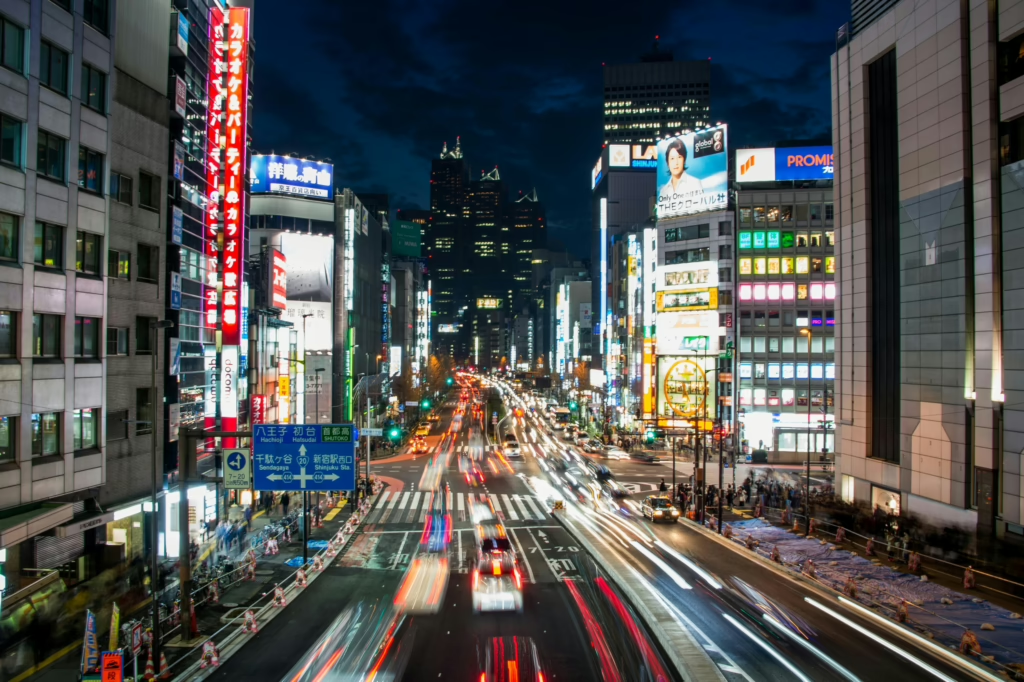
Japan’s luxury tourism sector has entered a high-growth phase. In 2023, inbound travel spending reached approximately $35 billion (¥5.3 trillion), surpassing pre-pandemic levels by over 10%. Early data from 2024 shows even stronger momentum, with total visitor spending hitting ¥8.14 trillion ($52 billion) and 36.9 million international arrivals—already exceeding Japan’s 2019 peak. Projections for 2025 estimate over 40 million tourists and more than ¥10 trillion ($69 billion) in total spend.
Government agencies are actively shaping this growth. MLIT and JNTO have eased visa requirements, launched regional destination campaigns, and expanded destination management organizations (DMOs) to attract high-value travelers. Japan’s Tourism Nation Promotion Basic Plan originally targeted ¥200,000 ($1,321) per visitor by 2025, but that threshold was surpassed by 2023.
Changing Traveler Profiles and Spending Drivers
Luxury travel in Japan is also evolving because of who’s visiting. According to McKinsey, the Japanese luxury market is set to grow at 4% annually through 2025. A younger wave of high-net-worth individuals—particularly digital nomads and wellness-driven travelers—are fueling demand for curated, premium experiences.
From bespoke itineraries to remote boutique stays, these new travelers are reshaping what luxury means in Japan. Combined with major events like Expo 2025 in Osaka and continued infrastructure upgrades, these shifts are positioning the country as a standout in affluent travel trends in Asia and setting the tone for luxury tourism in Japan by 2025.
Top Luxury Travel Destinations in Japan
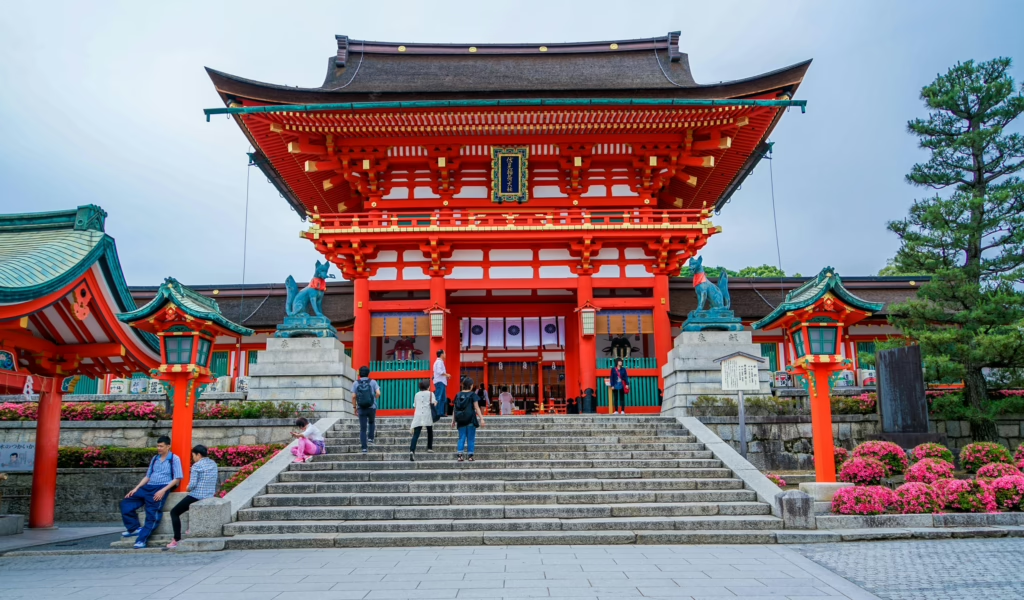
Japan’s luxury tourism isn’t just centered in the big cities—it’s spread across unique regions offering distinct high-end experiences. Each destination taps into what today’s affluent travelers seek: privacy, authenticity, and depth.
Kyoto: Known as Japan’s cultural heart, Kyoto offers centuries-old ryokans in Japan tucked near bamboo forests and ancient temples. Guests can enjoy private tea ceremonies, after-hours temple visits, and seasonal kaiseki dining—quiet, elegant experiences that feel timeless.
Tokyo: The capital is where modern luxury thrives. In districts like Ginza and Omotesando, travelers can explore flagship designer stores, artisanal boutiques, and VIP shopping services. Rooftop bars and sky-high hotel suites offer sweeping views of the city. Luxury shopping in Japan finds its highest expression here.
Hakone: Just a short ride from Tokyo, Hakone is a haven for hot spring escapes. Upscale onsen ryokans feature private rotenburo baths, in-room dining, and scenic mountain views. Cultural travelers often combine their stay with visits to the Hakone Open-Air Museum.
Hokkaido: A nature-rich destination that shines in every season. In winter, it’s known for ski-in/ski-out chalets and gourmet dining. In summer, it shifts toward wellness travel in Japan, offering forest retreats and slow-living farm stays in Niseko and Furano.
Setouchi Islands: A rising star in high-end tourism. Yacht charters, island-hopping art tours (like Naoshima), and bespoke itineraries built around the Setouchi Triennale deliver a rare mix of art, privacy, and coastal serenity.
Growth in Key Segments
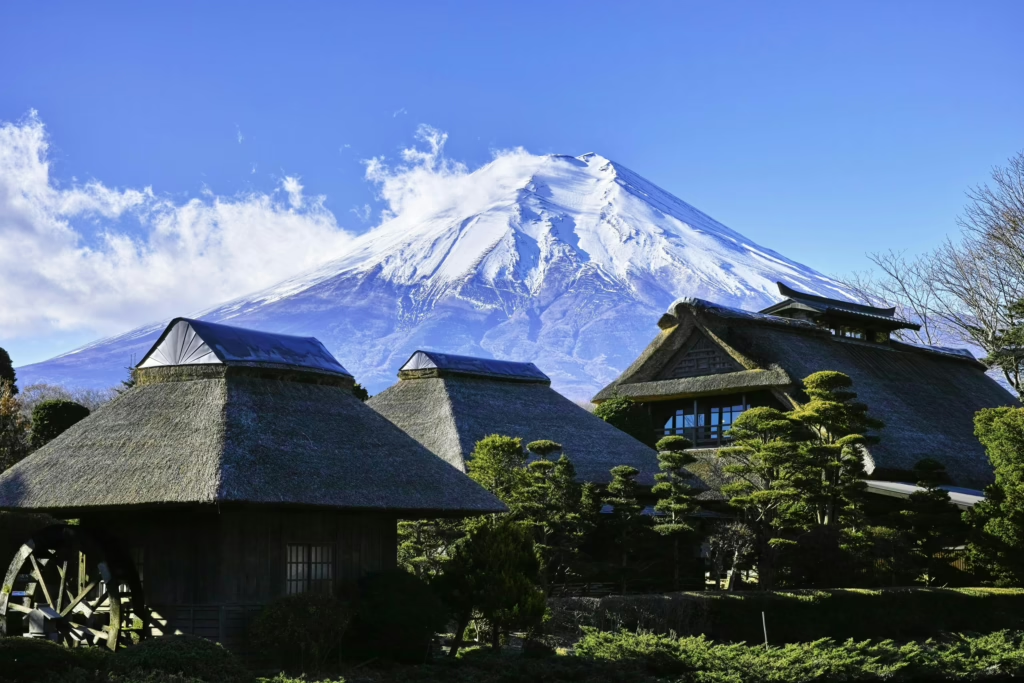
One of the most defining features of Japanese luxury tourism is the revival of ryokans in Japan. These traditional inns are being reinvented with private rotenburo baths, minimalist design, and curated in-room dining. They offer a balance of cultural immersion and modern comfort that appeals strongly to high-net-worth travelers. Regions like Kyoto, Hakone, and Yufuin are leading this shift, backed by regional revitalization initiatives and investor interest in boutique hospitality.
Wellness and Dining as High-Value Experiences
Alongside relaxation, wellness travel in Japan is gaining serious ground. Nature-rich destinations like Yakushima, Hokkaido, and the Kii Peninsula are designing retreats centered on forest bathing, meditation, and therapeutic hot springs. These experiences align with growing global demand for health-driven, restorative travel, and Japan’s government is actively promoting them as part of a sustainable tourism strategy.
Food is also becoming a focal point for affluent visitors. The rise of omakase fine dining in Japan has made chef-led tasting counters in Tokyo and Kanazawa global attractions. These ultra-curated meals—often reserved months in advance—are about more than flavor. They deliver exclusivity, storytelling, and cultural artistry that can’t be replicated elsewhere. For many travelers, securing a seat at one of these intimate counters is a luxury milestone in itself.
What Affluent Travelers Want in 2025
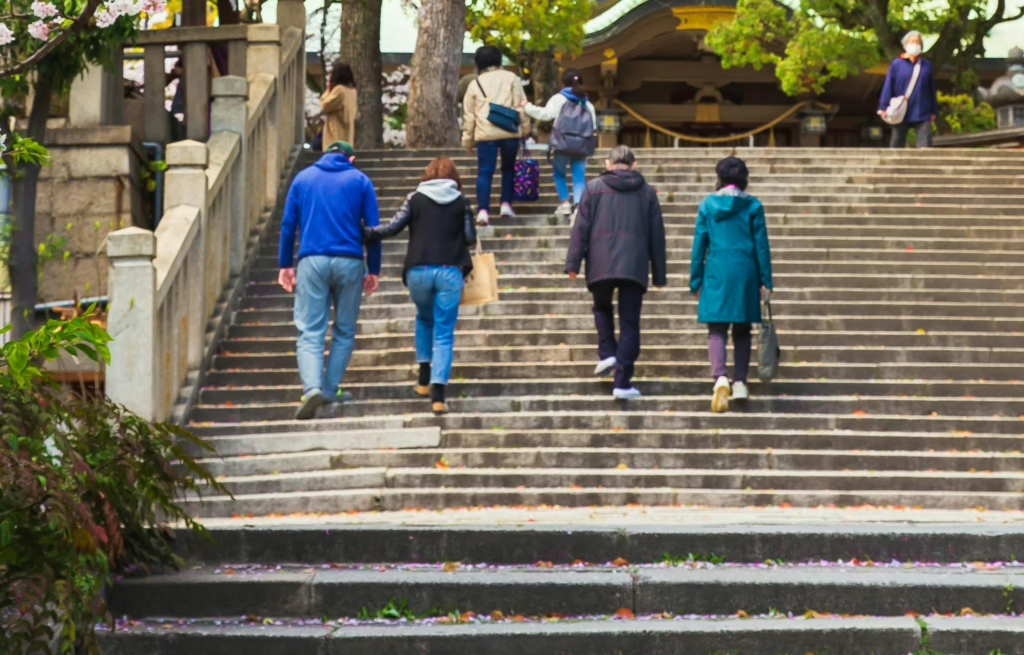
The luxury travel market in Japan is no longer defined by surface-level opulence. Instead, today’s affluent travelers—especially those from across Asia—are looking for personalization, depth, and control. One of the key affluent travel trends in Asia is the growing demand for itineraries built around individual preferences, whether that means private access to cultural sites, custom wellness plans, or off-the-map experiences far from tourist crowds.
Technology plays a growing role in delivering that exclusivity. Many high-net-worth individuals now expect a seamless digital concierge experience, including real-time language support, frictionless booking platforms, and app-based butler services that simplify even the most complex travel days.
At the same time, cultural authenticity is non-negotiable. Many travelers seek out personal, unfiltered experiences—artisan-led workshops, slow travel through rural towns, and guided walks with local storytellers. Private guides and translators often enhance these moments, giving guests deeper, more respectful access to Japan’s cultural core.
Wellness has also become more multi-sensory. From scent therapy and forest immersion to personalized healing sessions, travelers are seeking emotional renewal as much as physical rest. This blend of intention, privacy, and cultural depth is shaping the next wave of Japanese luxury tourism trends.
Luxury Shopping in Japan
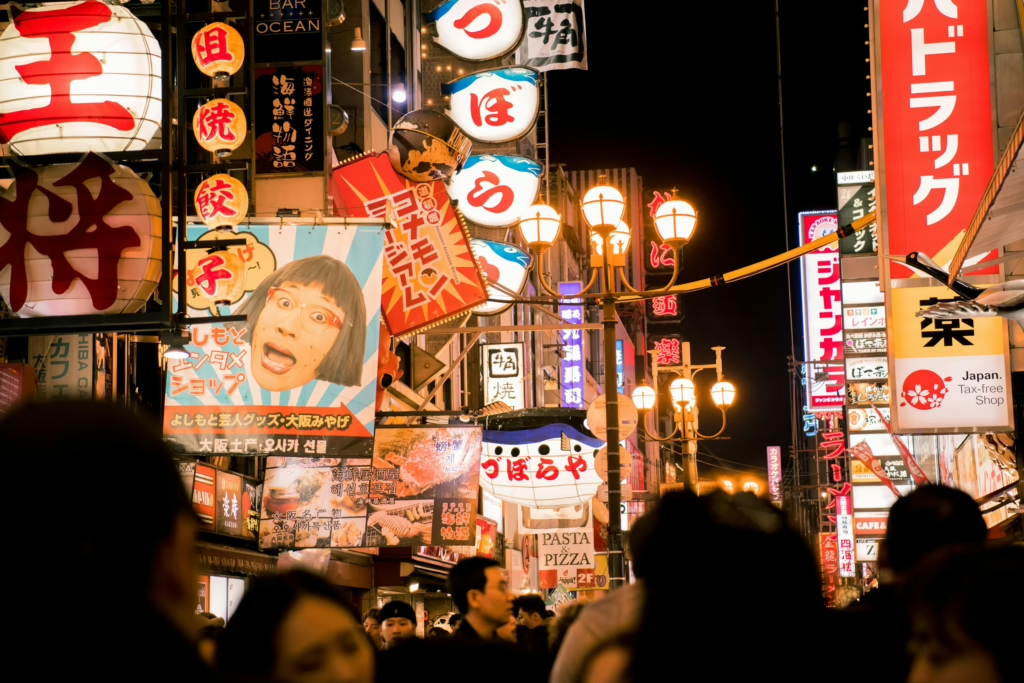
Shopping remains a major draw for high-net-worth travelers, and Japan is increasingly positioning itself as a global destination for premium retail experiences. Beyond international designer labels, affluent visitors are turning their attention to emerging Japanese luxury brands—from minimalist fashion houses to high-end skincare and artisanal tea producers. These brands blend craftsmanship with modern design, appealing to travelers looking for authenticity and exclusivity.
Luxury shopping in Japan also benefits from tax-free purchase options, personalized customer service, and VIP concierge support offered by top department stores. These services include private lounges, multilingual staff, and same-day international shipping—features that cater directly to the needs of wealthy international visitors.
Affluent tourists also seek out “made in Japan” souvenirs with cultural value, such as handcrafted lacquerware, premium textiles, or small-batch beauty products. Key spending hubs include Ginza Six in Tokyo, Nihombashi Mitsukoshi, and Shinsaibashi in Osaka—locations that combine high-end retail with curated experiences and luxury-level service.
Investment & Startup Opportunities in Luxury Tourism
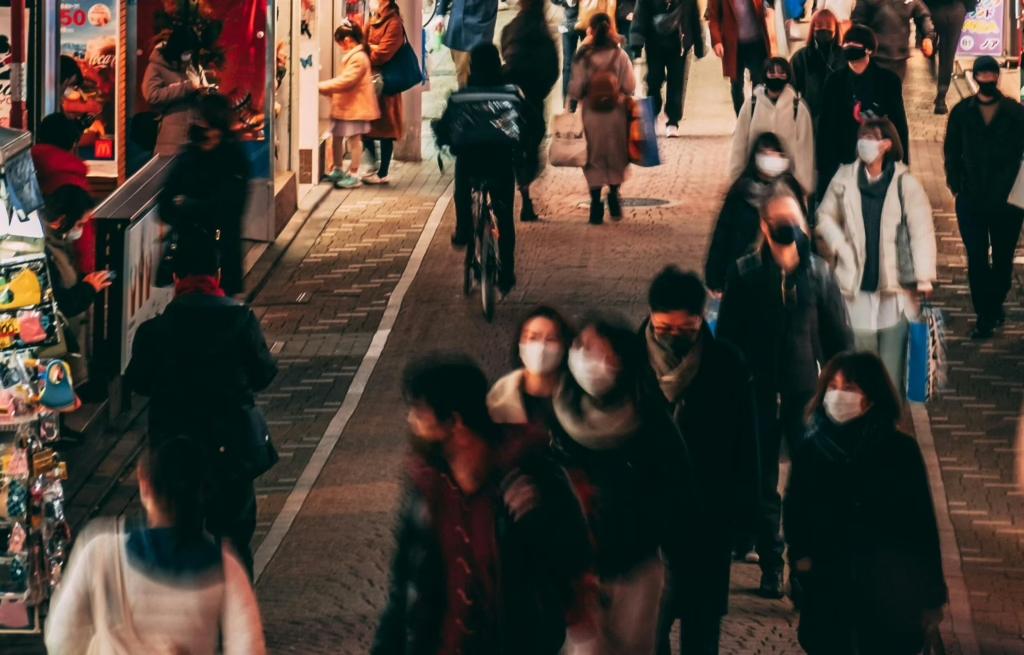
The growing demand for high-end travel in Japan has created space for innovation—and investors are taking notice. A wave of luxury-focused travel startups and concierge platforms are emerging, offering everything from AI-driven itinerary planning to invitation-only booking services tailored to affluent guests. These platforms aim to deliver seamless, hyper-personalized travel experiences.
Investor attention is also turning to boutique ryokan revitalization, especially in rural areas. Investors and developers are modernizing these once-traditional properties into luxury destinations, backed by government incentives for regional development.
At the intersection of hospitality and innovation, new concepts are merging tech tools like AI and VR with premium travel—think virtual omakase previews or immersive cultural simulations. These developments reflect broader Japanese luxury tourism trends, reinforcing why luxury tourism in Japan by 2025 is as much about reinvention as it is about tradition.
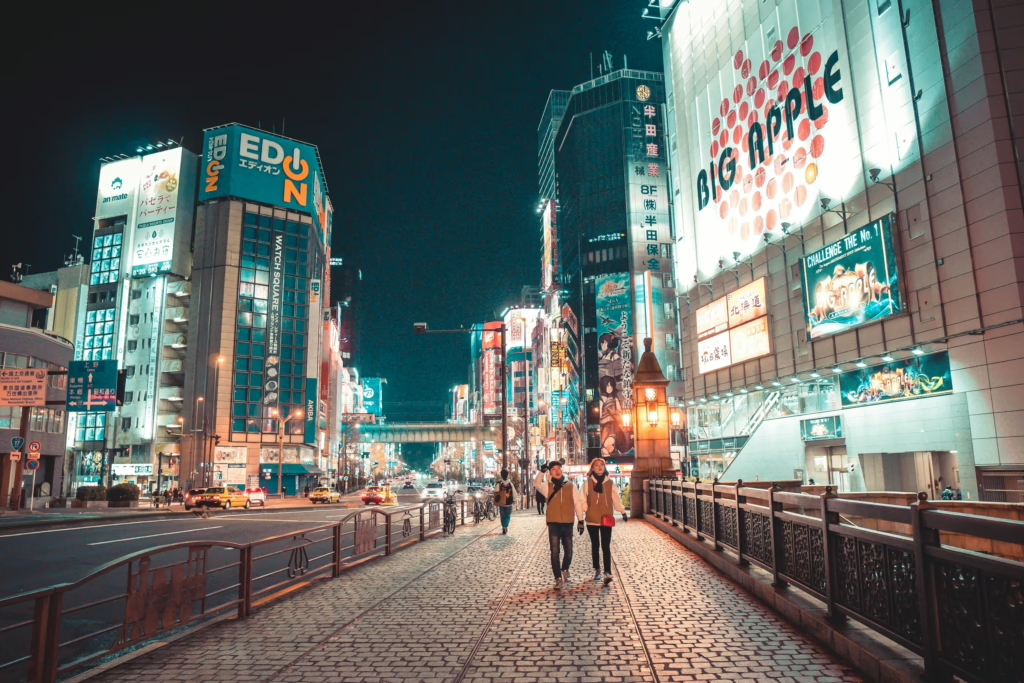
As Japan refines its approach to high-end travel, the future of luxury tourism in Japan by 2025 looks both sustainable and deeply personalized. The market is shifting toward design-driven experiences, cultural immersion, and wellness that goes beyond the spa. Government strategy, tech innovation, and shifting traveler values are converging to redefine what premium tourism looks like.
Affluent travelers now choose Japan not just as a destination, but as a deliberate expression of taste, culture, and exclusivity. This makes 2025 a clear tipping point in Japanese luxury tourism trends, marking a transition from recovery to long-term reinvention.
